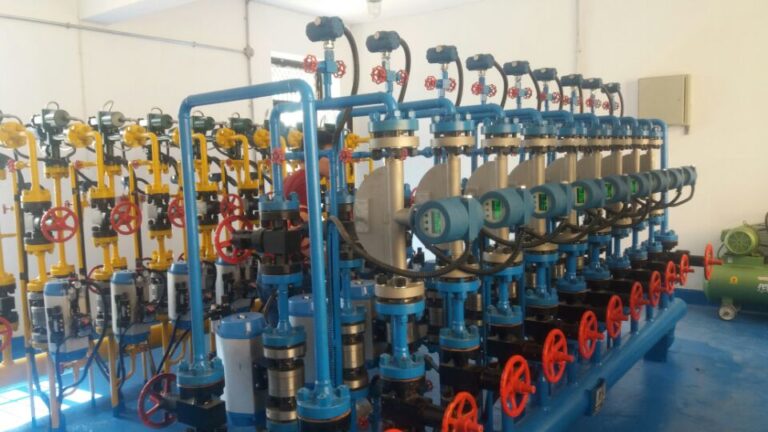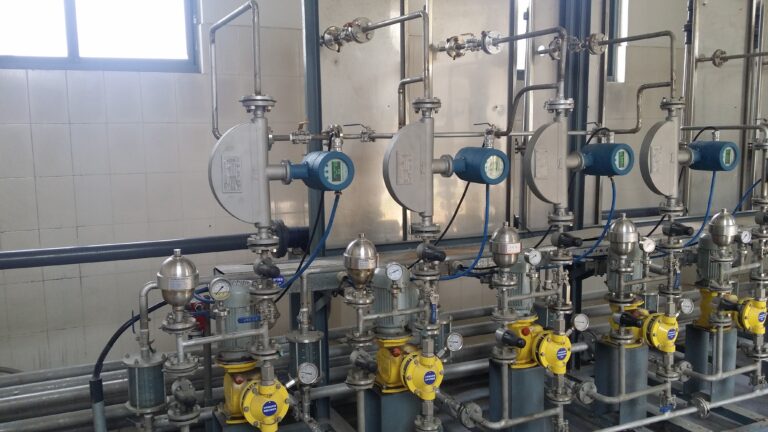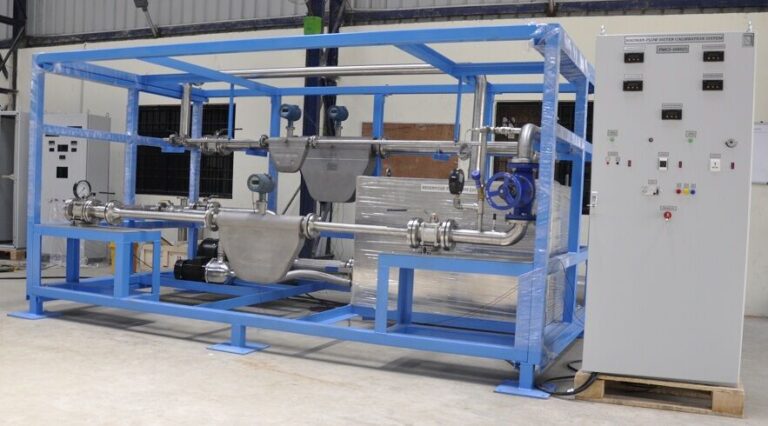When there is no medium flow, the flow meter may produce small flow fluctuations due to some reasons, such as pipe vibration, installation stress, electromagnetic interference, or medium disturbance caused by changes in working conditions. The flow meter sensor is prone to introduce false interference signals. Measured values, these “false flow” cannot truly reflect the medium flow, and we will collectively refer to them as “noise” below.

When the medium flows under normal working conditions, most of the tiny “noise” signals are insignificant compared to the normal signals (small proportion and weak intensity), and will not affect the accuracy of measurement.
In order to avoid problems such as accumulation changes caused by “noise” signals, the low flow cutoff value specifies the minimum flow rate that the flow meter will report as a measured value.
All flows below the set cutoff value will be forced to report as 0. High The flowmeter operates normally when the cutoff value is set. A popular explanation is that we artificially set a threshold so that “small traffic” below this threshold is blocked and ignored.

There is no clear standard for the low flow cutoff setting value. It is not just a certain percentage as some people think. The flowmeter products of each manufacturer have set the low flow cutoff before leaving the factory.
The default cutoff value is fully suitable for most applications. However, during the trial operation stage or when the actual flow deviates greatly from the design flow, the low flow cutoff value needs to be adjusted.
Adjust to expand the measurable range or reduce “noise” interference. Differential pressure flowmeters and vortex flowmeters often encounter problems related to small flow rates during use.
The low flow cutoff value is generally updated based on the flow range of normal use on site, so as not to affect the minimum flow measurement that may be used. It is appropriate.

The relevant requirements for small flow cut-off are excerpted as follows for your reference. The cut-off point of the standard throttling device for the matching sensor should not be greater than 8% of the maximum flow rate under the design working conditions.
The cut-off point for the matching sensor for other types of sensors should not be greater than the maximum flow rate under the design working conditions. 5% of maximum flow.

As a common means to solve interference and various zero-drift effects to ensure the normal operation of the flow meter, low flow cutoff is by no means a panacea.
It can be said that small flow cut-off only masks or shields certain problems within a reasonable range, thereby improving the measurement effect to a certain extent.
However, for the previously mentioned pipeline vibration, installation stress, electromagnetic interference, working condition disturbance and actual flow and In cases where the design flow deviation is serious, it is recommended that targeted investigation and measures be taken in aspects such as pipeline support, rectification and installation, improvement of grounding, optimization of working conditions, verification of flow range, and flow meter selection to completely solve the problem from the source.
